Why a Hill Station Home Could Be the Ultimate War-Time Safe Haven
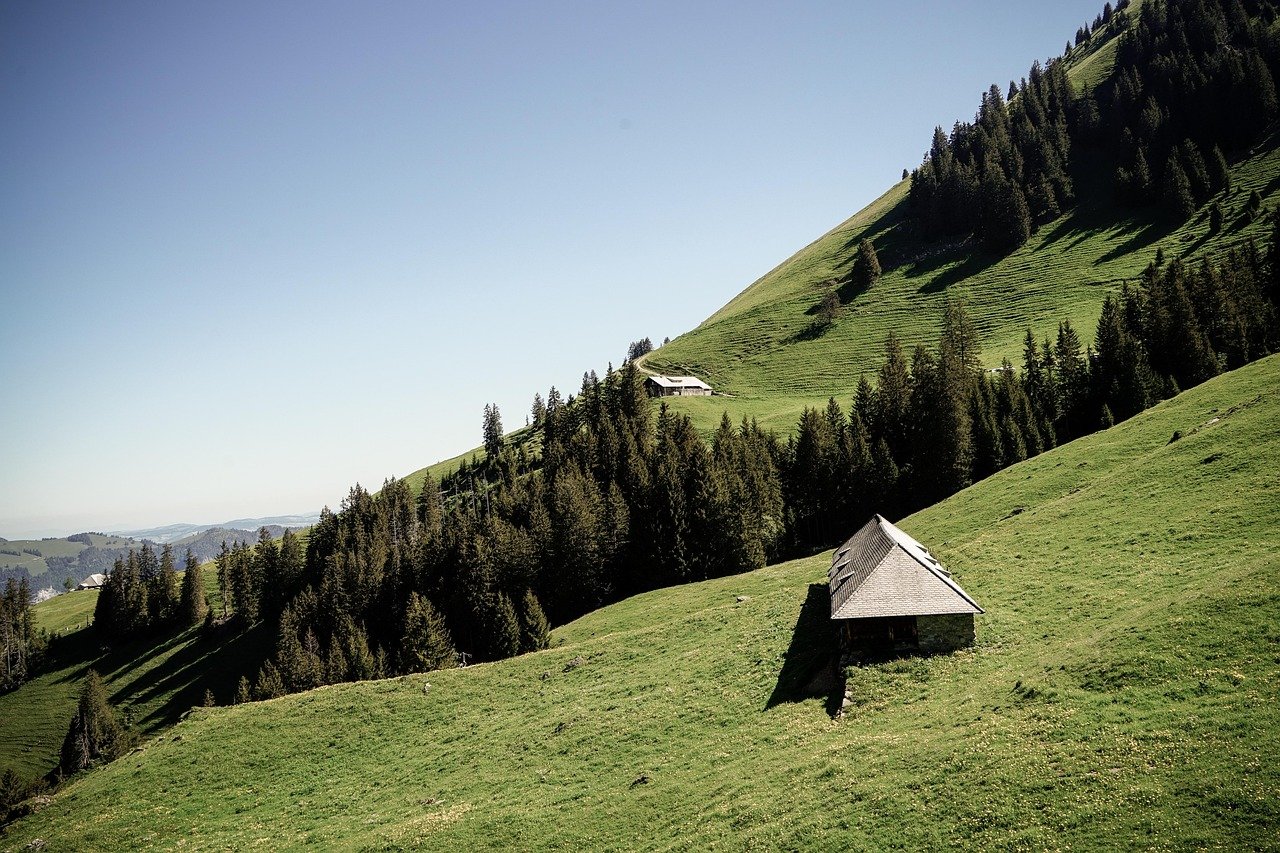
When we imagine safety during war, our instincts point us underground—to bunkers, basements, and fortified compounds. But what if true safety lies not beneath the earth, but above the clouds?
Surprisingly, hill station homes—nestled in serene mountains—have quietly proven themselves to be among the most secure, self-sustaining, and psychologically resilient shelters during times of conflict. As modern warfare grows more unpredictable, these elevated hideaways prove to be far more than scenic retreats—they're strategic strongholds.
Here’s why the high ground may just be your safest bet.
What makes a hill home a safe haven during war?
- Geographical Isolation
Hill stations are often situated in remote, mountainous regions. Their natural inaccessibility makes them less likely targets for invading forces, who typically focus on major cities, military bases, or economic centers.
- Lower Strategic Value
Most hill stations do not host critical infrastructure like airport, power stations (other than Hydro), Industrial centers, High economic returns, defense installations or government headquarters. . As a result, enemies are less likely to waste resources targeting them, reducing the likelihood of airstrikes or occupation.
- Natural Defense
Mountains, forests, and valleys serve as formidable natural barriers against tanks, armored and mechanized forces. The challenging terrain significantly hampers the movement of troops and restricts the execution of large-scale attacks. In military operations, such environments can delay responses, limit maneuverability, and provide tactical advantages to defending forces familiar with the landscape.
- Reduced Population Density
Smaller populations in hill stations contribute to more orderly crisis management. With fewer residents, there's reduced potential for chaos, a lower risk of disease outbreaks, and more straightforward allocation of resources. Additionally, these close-knit communities are less susceptible to civil unrest or looting, enhancing overall stability during emergencies.
- Self-Sufficiency Potential
Hill station homes often serve as natural sanctuaries, offering a harmonious blend of resources that support self-reliant living.
- Abundant Water Sources: Nestled amidst mountainous terrains, these homes frequently have direct access to pristine streams and springs, ensuring a consistent and clean water supply.
- Terraced Agriculture: The sloped landscapes are ideal for terrace farming, allowing residents to cultivate a variety of crops sustainably, thereby reducing dependence on external food sources.
- Forest Resources: Surrounding forests provide essential resources such as firewood for heating and herbs for medicinal purposes, contributing to the inhabitants' self-sufficiency.
- Many hill homes have backyard goats, hens, cows, micro-farms and kitchen gardens
This confluence of natural resources enables hill station dwellers to live off-grid effectively, a lifestyle that proves invaluable during times when conventional supply chains are disrupted.
- Psychological Safety
Residing in serene hill stations, distanced from active conflict zones, offers a calming environment that can significantly bolster mental well-being, especially for families with children. The tranquility and natural surroundings of these areas provide a respite from the chaos of war, fostering a sense of safety and stability. Such peaceful settings can help mitigate stress and anxiety, contributing to the psychological resilience of both adults and children during turbulent times.
Lesser-Known Yet Critical Safety Advantages
Beyond the obvious, hill stations hide a multitude of rarely considered survival benefits:
Satellite Blind Spots & Low Digital Footprint: Hill homes often blend into natural surroundings — forests, cliffs, or foggy terrain — making them harder to detect. Steep terrain and tree cover can interfere with drone surveillance or satellite imaging, reducing chances of being targeted. Hill homes often operate semi-off-grid with minimal signal output. This makes them invisible to algorithmic military targeting, which prioritizes heat signatures, movement, and communication hubs.
Natural Electromagnetic Interference: Mountain terrain and rock composition (e.g., granite) can cause signal scattering or attenuation. This can disrupt GPS signals, drone communication, or even remote targeting systems — offering an unintended layer of electronic protection —a massive tactical edge.
Natural Early Warning System: The sounds of wildlife, shifting branches, and echoing footsteps in hilly terrain make it nearly impossible for intruders to approach unnoticed. Your environment becomes your alarm system which alert inhabitants long before human patrols arrive.
Traditional Knowledge and Barter Economies: Hill communities retain survival skills—foraging, herbal medicine, local water, firewood, and solar power and local farming—often lost in urban centers. When banks collapse or currency loses value, hill dwellers trade goods, not cash.
Cooler Climate Slows Spread of Disease: Hill stations are typically cooler and less humid, making them less prone to the rapid spread of disease, which can be a major issue during war (especially with displaced populations).
Natural Air Purifiers: Hill forests release more phytoncides — organic compounds that purify air and kill airborne pathogens. This creates a healthier environment, reducing respiratory infections and disease spread during wartime.
A Legacy of Survival
Throughout history:
- Rebels used mountains as strongholds during colonial resistance.
- Refugees fled to hill zones during genocides and invasions.
- Some monasteries, like Mount Athos in Greece, were spared during World War II simply due to their sacred, remote location.
- Shimla was the summer capital of British India and was used for governance far from the conflict-prone northern plains.
- During WWII, Soviet industries were relocated to the Ural region for protection from German attacks.
- Many Indian kings did utilize hill stations and fortified hilltop residences as safe havens during times of war and isolation from conflict zones.
The record speaks for itself—hill stations have often outlasted empires and conflict zones, offering shelter in both spiritual and strategic senses.
Conclusion
Hill station homes are predominantly known as a summer home or vacation home and recently known as a social distancing home (during Covid-19 lockdown) but less known as a safe home during war. In a world where war can strike anywhere, a hill station home offers rare protection—natural defenses, digital obscurity, and self-sufficient living. It’s not just distance from danger; it’s elevation above chaos. When the lowlands burn and systems break, the hills endure. In times of war, the high ground isn't just safer—it's smarter. Hill station homes should complement, not replace, a broader national and personal survival plan.
During the recent conflict, there is a increased search to buy property in hill stations like Kodaikanal, Ooty, Coonoor, Kotagiri, Munnar, Wayanad, Idukki, Coorg, Chikmagalur, Lonavala, Panchgani, Mahabaleshwar, Darjeeling, Siliguri, Nainital, Rishikesh which are far away from the borders on www.hillsandwills.com. On the other hand there is a sharp decrease to sell property online in Hill Stations where people knew their property’s importance at this point of conflict time and scope for a share increase in hill station real estate value – Own your piece of safe haven before the hill station property price is unaffordable in the near future due to its multi dimensional advantages like summer home, vacation home and safe home.
Other Dimensions of Hill Station Real Estate
New Dimension of Hill Station Real Estate 1 - Hill Stations Become Monsoon Retreats Too!
New Dimension of Hill Station Real Estate 2 - Gateway to get away from Pandemic!
New Dimension of Hill Station Real Estate 3 - Hill Station Residences – An Indispensable Realty
New Dimension of Hill Station Real Estate 4 - Influence of Adventurism in Hill Station Real Estate
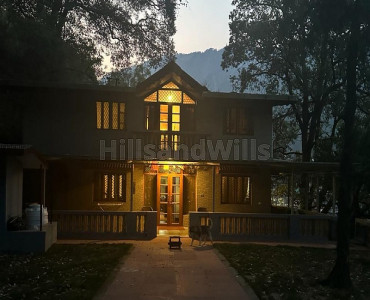

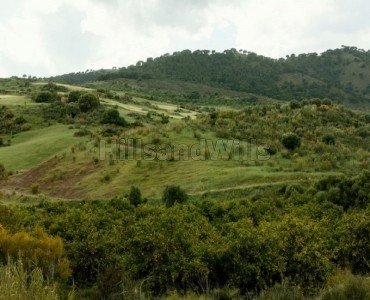

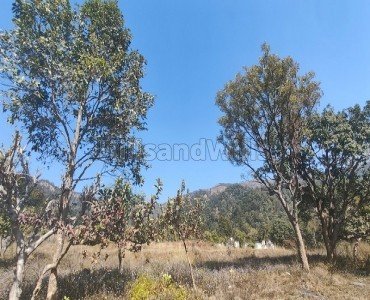

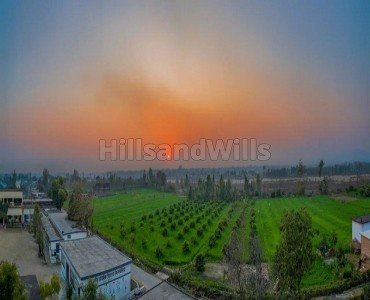
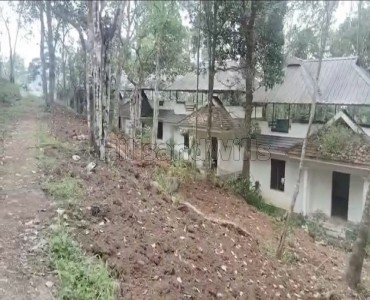
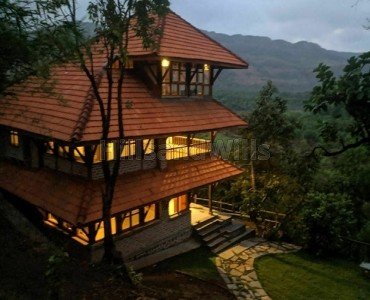
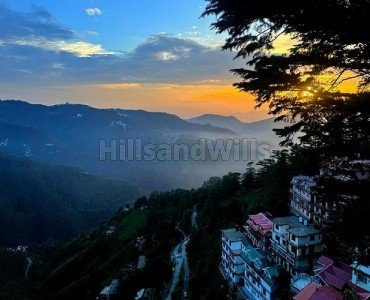
Blog Category